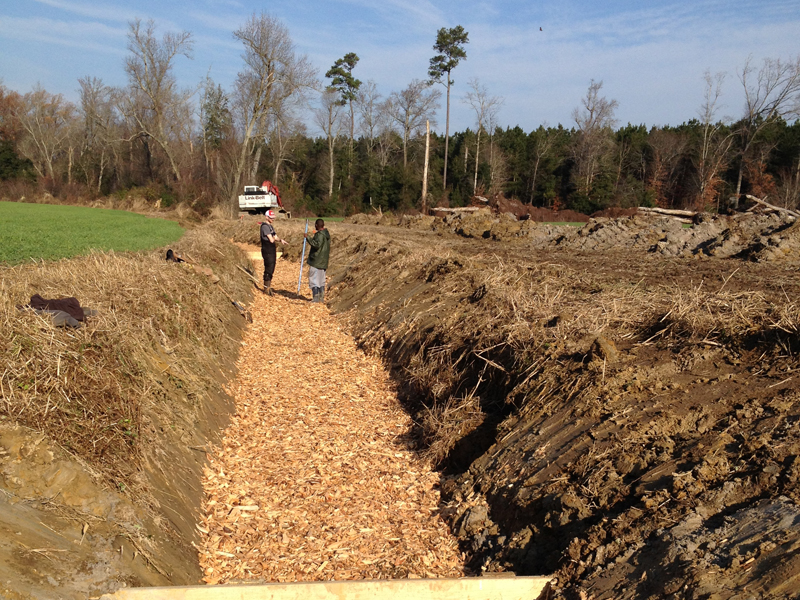Science News

Plants need water—but what about when it’s running low? Is it possible to use less water and still have healthy crops?


Have you thanked a crop breeder today? Public-sector plant breeders (for example, at public universities) have developed crops for better productivity. As a result, more food is available to feed a growing population.

How do you boost soil water content and soil health without irrigating? Best cover it with a layer of straw, a new study concludes.


As the growing season progresses, you might not notice much about what’s happening to plants under the soil. Most of us pay attention to new shoots, stems, leaves, and eventually the flowers and crop we intend to grow. We might think of roots as necessary, but uninteresting, parts of the crop production process.


Researchers have good news for growers. Farmers raising a nitrogen-hungry crop like sweet corn may save up to half of their nitrogen fertilizer cost. The key: using a faba bean cover crop.


Interest in organic farming is growing. However, controlling weeds without synthetic herbicides, as organic certification requires, is challenging. Scientists are studying alternative tools for weed management. One such tool is propane-fueled flame weeding.


Ragweed, its pollen potent to allergy sufferers, might be more than a source of sneezes. In the Midwest, the plant may pose a threat to soybean production.

Scientists have found that ragweed can drastically reduce soybean yield.

Soybean is rich in protein, which is great for the humans and animals eating it. But this high protein content comes at a cost.


A ditch containing woodchips may look unassuming—but with a name like bioreactor it’s guaranteed to be up to more than you think.


